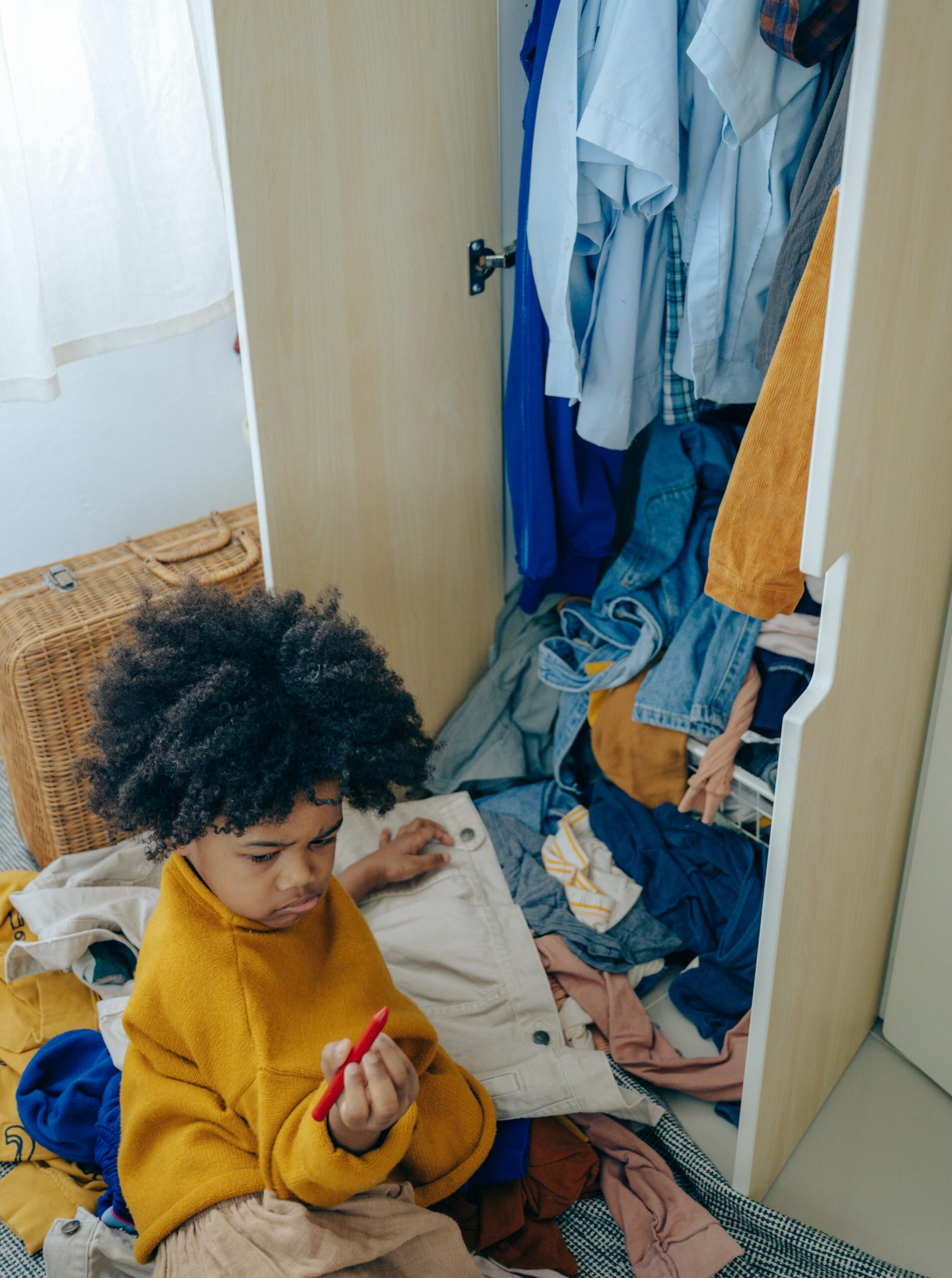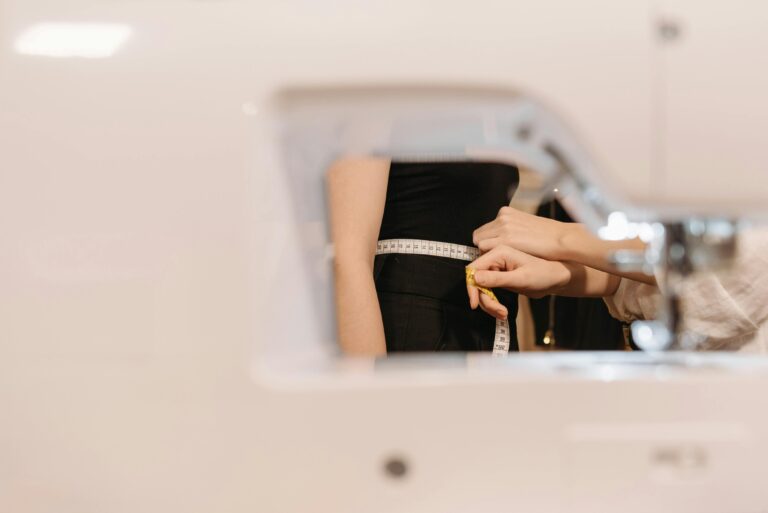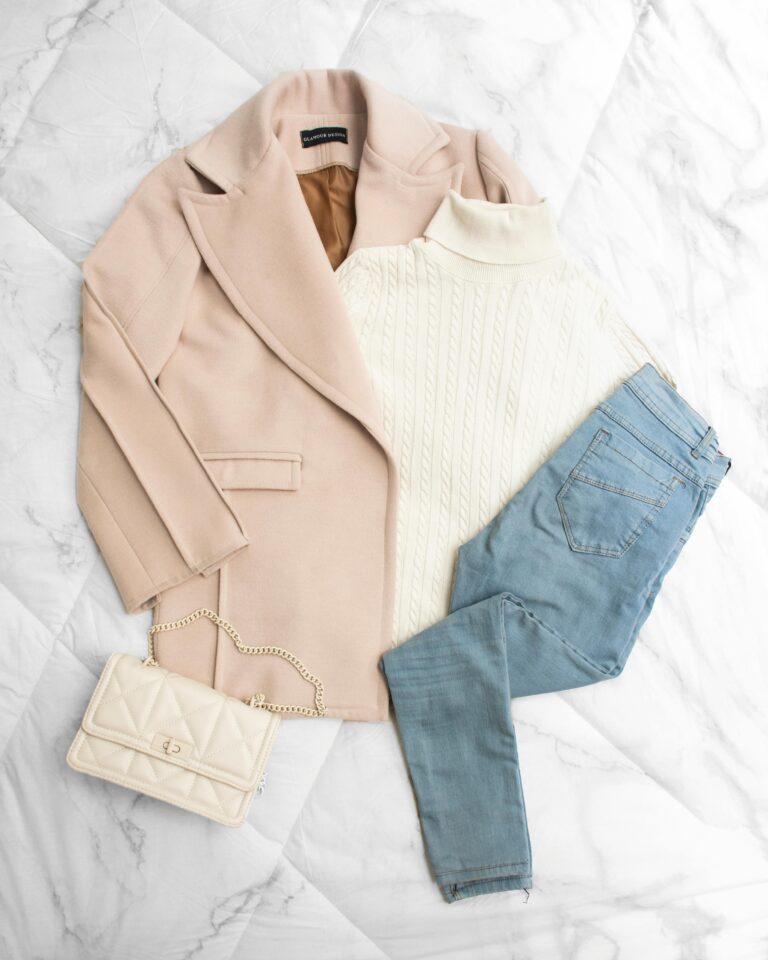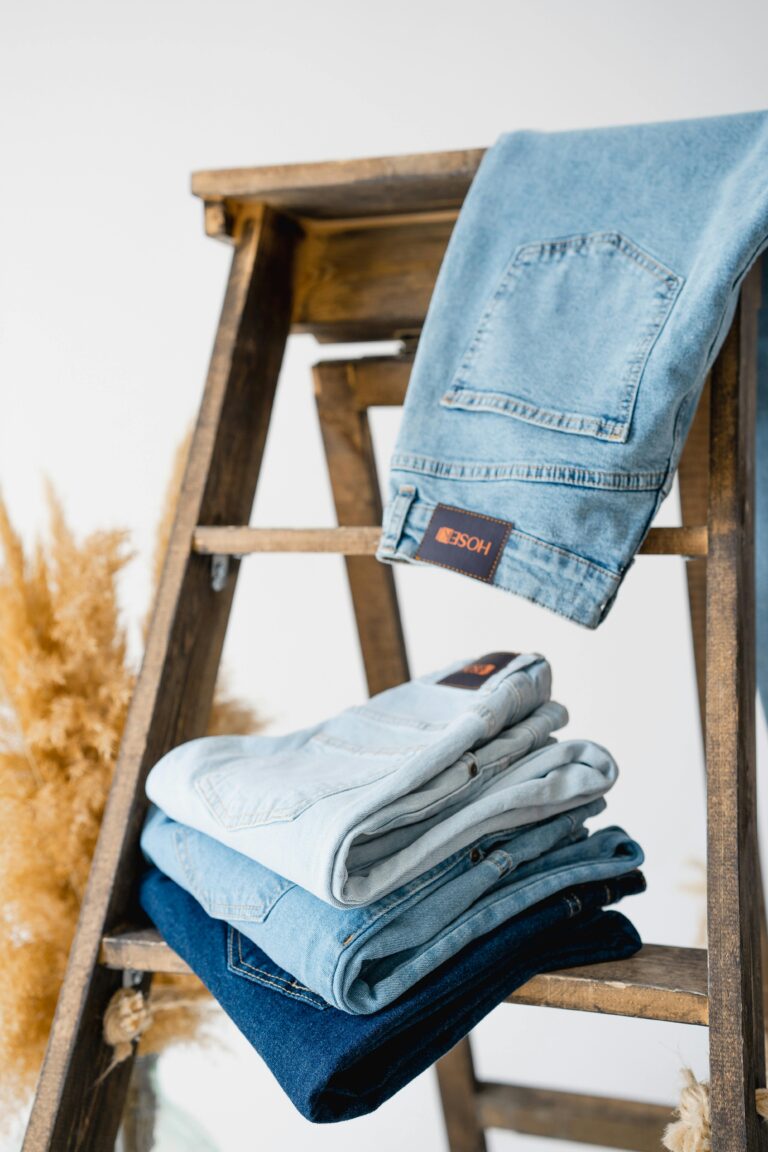The ‘Nothing to Wear’ Paradox: A 3-Step Guide to Styling Your Existing Closet
This is a distinctly modern frustration, silent yet relentless. You stand before a closet overflowing with clothes, and one thought rises above the rest: ‘I have nothing to wear.’ The internal monologue begins in a cascade of confusion and resignation. Nothing is working together. I can’t repeat what I wore last week. Should I just buy something new?
If this feels familiar, know that it is not a personal failing. It is a design problem. Your wardrobe lacks a cohesive plan, constructed on the modern myth that more is always better.
This pressure is amplified by a world of endless consumption. Fast fashion brands drop new collections weekly, and social media equates self-worth with an endless parade of newness. When life feels out of control, a small splurge provides a fleeting dopamine hit, a moment of temporary relief. The cycle continues, leaving a closet full of clothes and the persistent, draining sense of having nothing to wear.
Why Your Closet Feels Disconnected
The problem isn’t a lack of clothes; it’s a lack of purpose and connection between them. This feeling stems from two hidden issues:
Identity Dissonance:
Your closet is full of ghosts: clothes bought for a past job, a different lifestyle, or a fantasy version of yourself. When you try them on, they feel wrong because your perception of the outfit and your reality are not congruent. You feel like a stranger in your own clothes.
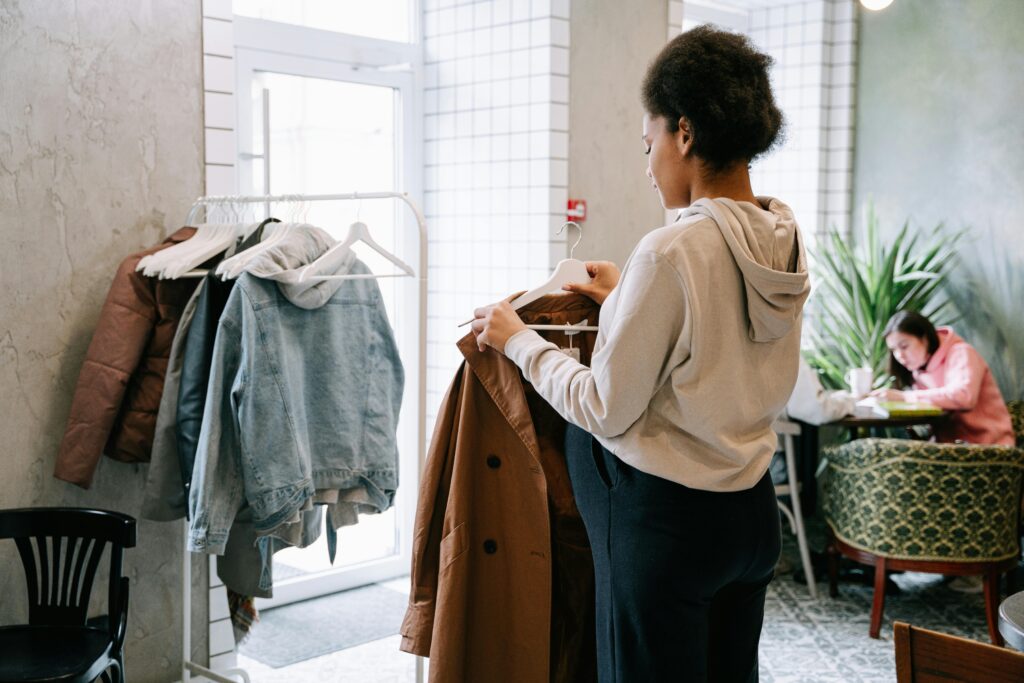
Decision Fatigue:
A closet without a system is like a fridge full of leftovers: technically full, yet nothing worth eating. Faced with an overload of options, your brain defaults to what is easy and familiar. You end up wearing the same one or two comfortable outfits on a loop, reinforcing the illusion that you have nothing else to wear.
The 3-Step Method: From Items to Outfits
The answer is not a massive, joyless clean-out. It is a chic, creative exercise designed to build connections and reveal the hidden potential within your wardrobe.
Step 1: Find Your Five.
Start from a place of positivity. Scan your closet and pull out the five pieces you genuinely love; the items that feel comfortable, powerful, and undeniably you. Don’t overthink it. This is not about trends or what you should like; it is about what reflects you in this moment. These form the foundation of your personal style.

Step 2: Build Your Looks.
You never know if a combination will work until you try it. Take each of your five “hero” pieces, one by one, and see how many distinct outfits you can create around it using anything else in your closet. The key is to try on and photograph each look on your phone. This creative constraint reveals new pairings and unlocks the potential of forgotten items. Your goal is a personal lookbook of ready-to-wear outfits.
Step 3: Write Your List.
As you build your looks, you will inevitably discover the real, functional gaps in your wardrobe. You’ll think, “This blazer would be perfect if I just had a simple cream camisole,” or “These trousers need a sleek leather belt.” Write these specific, functional items down. his list is strategic: the supporting pieces that unlock your wardrobe’s function. Store it on your phone and consult it before each purchase, building slowly over time.
The Long-Term Solution: From a Quick Fix to a Cohesive System
This method provides an immediate fix—a bank of new outfits to carry you through the coming weeks. But more importantly, it serves as a powerful diagnostic tool. The five pieces you gravitate to reveal the DNA of your Personal Style. They reveal an affinity for a colour palette, a silhouette, or an aesthetic. Effortless professional, structured chic, or another signature style emerges.
This newfound clarity is the perfect foundation for building a more intentional system. For those who crave even more efficiency and ease, this exercise paves the way for designing a Capsule Wardrobe that is authentically yours.
Your Closet Is Not a Problem to Be Solved
The old way of thinking treats a cluttered closet like a problem to be solved with a joyless, massive clean-out, positioning you as a frustrated custodian of your own things. This is a misconception.
A wardrobe, like a life, takes time to build. This method reframes your role. You are not a custodian, tasked with endless cleaning: you are a director. You survey the story, see a vision, and begin to creatively arrange the pieces to tell the story you want to tell. Your closet is not a problem to solve: it is a studio of possibilities. Today, you took the director’s chair.
